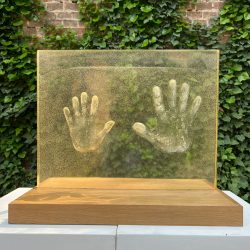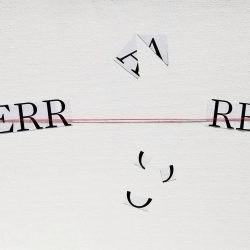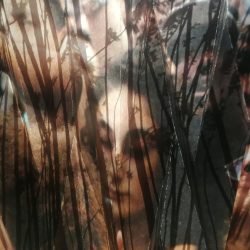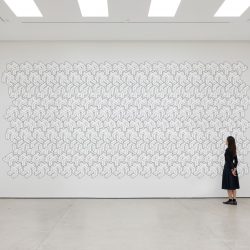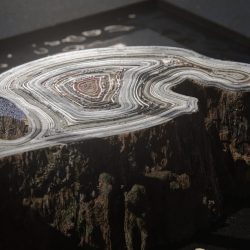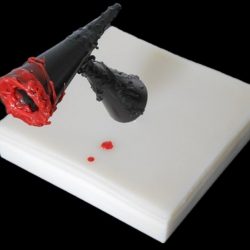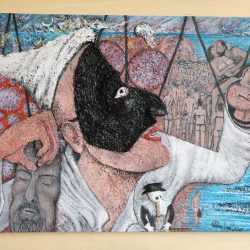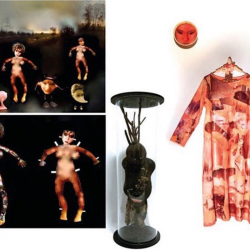work
Find Two
| category | Sculpture |
| subject | Political / Social |
| tags | cocacola, quadroscultura, marble, artista, reperto, archeologia, ricordi, passato |
| base | 31 cm |
| height | 32 cm |
| depth | 3 cm |
| year | 2020 |
Painting/sculpture of Calacatta marble - resin and tin can (unique work)
A course in paleontology done in the school term has resurfaced in memory after reading an article about finds found near my home.
The trinket, nail, coin or buckle extracted from the ground by the day-tripler with the metal detector in the basket of the hike is not found.
The statuette, sword, mosaic or cup sold on the antique market and displayed in the living room or garden is not found.
The find assumes its value depending on the context in which it is found, the association with other finds or data, and its meaning is influenced by the intention and method of those who find it, by the questions that asks to itself those who question it.
Archaeology, for example, makes no difference between beautiful and ugly finds, between the Venus and the fragment.
Contemporary archaeological communication is concerned with making the public overcome the "fetishism of the find", diverticating attention from the object itself and bringing it back to the history of the women and men who produced it, sold it, admired, used, exchanged, sometimes destroyed and forgotten.
The dream of every artist, of course mine is to leave an indelible imprint of their own path, in this case there is much more!
A course in paleontology done in the school term has resurfaced in memory after reading an article about finds found near my home.
The trinket, nail, coin or buckle extracted from the ground by the day-tripler with the metal detector in the basket of the hike is not found.
The statuette, sword, mosaic or cup sold on the antique market and displayed in the living room or garden is not found.
The find assumes its value depending on the context in which it is found, the association with other finds or data, and its meaning is influenced by the intention and method of those who find it, by the questions that asks to itself those who question it.
Archaeology, for example, makes no difference between beautiful and ugly finds, between the Venus and the fragment.
Contemporary archaeological communication is concerned with making the public overcome the "fetishism of the find", diverticating attention from the object itself and bringing it back to the history of the women and men who produced it, sold it, admired, used, exchanged, sometimes destroyed and forgotten.
The dream of every artist, of course mine is to leave an indelible imprint of their own path, in this case there is much more!




